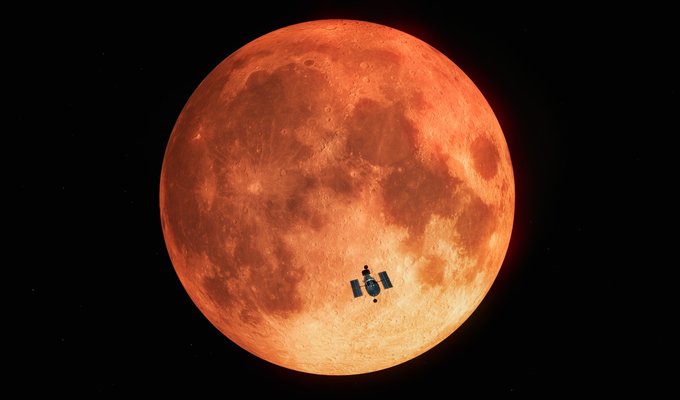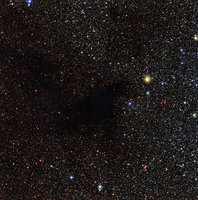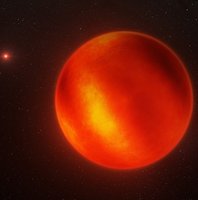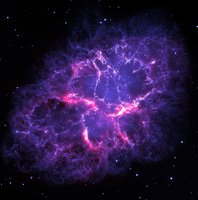The next total lunar eclipse will take place on 26 May 2021. It will best be seen by those who live in Australia, parts of the western United States, western South America, or in South-East Asia.

The Hubble Space Telescope is well known for its beautiful imagery of stars and galaxies throughout the Universe. However, Hubble recently turned its eyes to a target much closer to home... the moon!
The Lunar Eclipse
For the first time (for any space telescope), Hubble pointed at the moon during a total lunar eclipse. A total lunar eclipse takes place when the Earth comes between the Sun and the Moon, causing the Earth to cover the Moon with its shadow.
During such events, the moon has a reddish color. Hubble pointed towards the moon during a lunar eclipse in January of 2019 for a special study.
A Giant Mirror
Hubble didn’t point its sights on the moon to learn more about our closest neighbour. In fact, it did so to learn more about what we can learn about other planets! When astronomers are looking for exoplanets, they look for dips in sunlight from other stars. This indicates a planet has passed in front of it!
It is this process that this Hubble study was trying to copy during a lunar eclipse! Hubble’s study measured the ultraviolet light that came from Earth and was reflected off of the moon’s surface.
In this way, the moon acted like a giant mirror. Hubble could then study the chemicals in this light to learn more about Earth’s atmosphere.
Signs of Life
Hubble’s study was able to measure the chemical ozone in the Earth’s atmosphere. This is a strong indication of life as we know it here on Earth and this chemical could help astronomers find signs of life on other planets too.
This study served as a test run or practice to see how astronomers could study the atmosphere of other planets as they pass in front of their stars. To do this, scientists will need much bigger and stronger telescopes, like the James Webb Space Telescope that will launch in 2021.
Image credit: ESA/Hubble, M. Kornmesser






















